#acheulean handaxes
Explore tagged Tumblr posts
Text
Hey, important point:
A Homo sapiens human did not make this axe. It's so much cooler than that.
There weren't any anatomically-modern Homo sapiens (that's humans like us) until about 300,000 years ago, and that was in Africa. There definitely were not any in Britain at that time, so they can't have made this axe.
Who was in Britain at the right time? Homo heidelbergensis. There's a bunch of arguing among scientists about whether they're a subspecies of Homo erectus (this idea has gotten less popular recently), or their own species (current most common view), but they weren't quite like us.
And yet, they made this. Isn't that cool?!
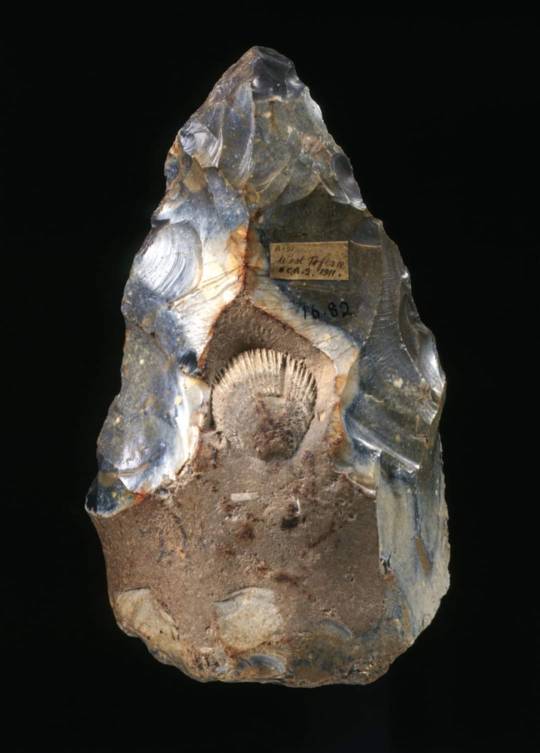
An extraordinary Acheulean handaxe knapped around a fossil shell circa 500,000-300,000 years ago.
The maker appears to have deliberately flaked around the shell to preserve and place it in a central position. As a result this handaxe has been described as an early example of artistic thought.
From West Tofts, Norfolk.
Museum of Archaeology and Anthropology, University of Cambridge, Courtesy Alison Fisk
23K notes
·
View notes
Text
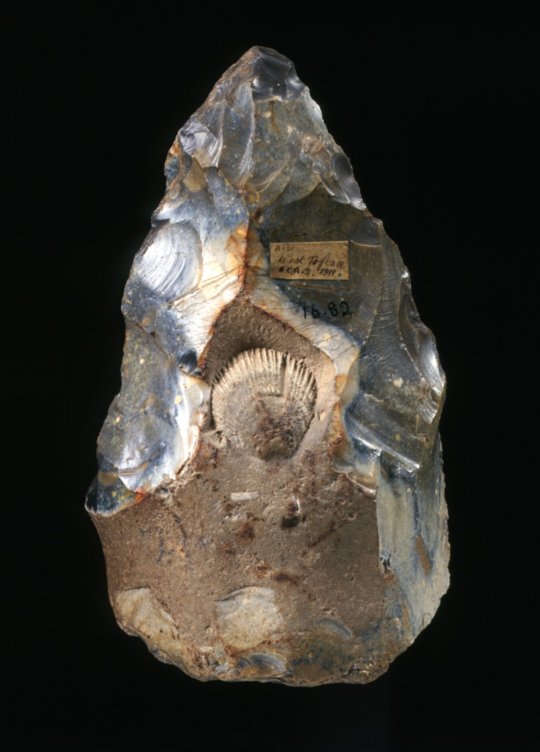
Acheulean handaxe knapped around a fossil shell, circa 500,000-300,000 years ago, West Tofts, Norfolk [source]
8 notes
·
View notes
Text

An extraordinary Acheulean handaxe knapped around a fossil shell circa 500,000-300,000 years ago.
The maker appears to have deliberately flaked around the shell to preserve and place it in a central position. As a result this handaxe has been described as an early example of artistic thought.
From West Tofts, Norfolk.
Museum of Archaeology and Anthropology, University of Cambridge, Courtesy Alison Fisk
106 notes
·
View notes
Photo
This image is a detail from the right panel of the Melun Diptych. Here’s the full image:

And an interesting article on a detail in the left panel:

The Virgin and Child Surrounded by Angels by Jean Fouquet, c. 1450.
989 notes
·
View notes
Text
I drew an acheulean flint handaxe that was made 200k years ago. Got inspired by the handaxe wikipedia, which does have a interesting quote i decided to attach, below the definition of what "acheulean" means in this context.
"Acheulean (/əˈʃuːliən/; also Acheulian and Mode II), from the French acheuléen after the type site of Saint-Acheul, is an archaeological industry of stone tool manufacture characterized by the distinctive oval and pear-shaped 'hand axes' associated with Homo erectus and derived species such as Homo heidelbergensis." (from the wikipedia)
*"It seems difficult to admit that these beings did not experience a certain aesthetic satisfaction, they were excellent craftsmen that knew how to choose their material, repair defects, orient cracks with total precision, drawing out a form from a crude flint core that corresponded exactly to their desire. Their work was not automatic or guided by a series of actions in strict order, they were able to mobilize in each moment reflection and, of course, the pleasure of creating a beautiful object."*
— Leroi-Gourhan (quote i found from wikipedia)


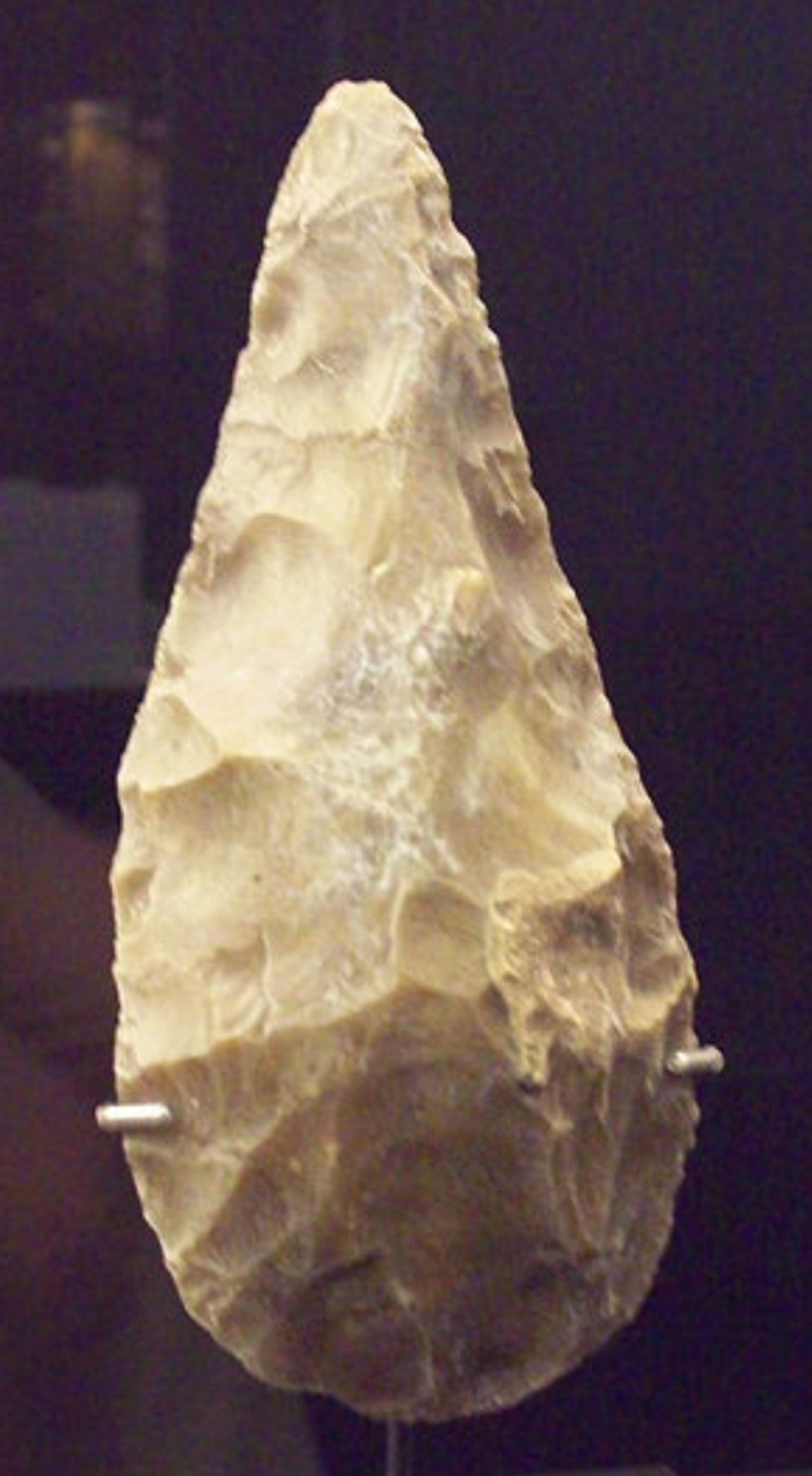
#archeology#homo erectus#hand axe#hand axes#digital art#art#artwork#artists on tumblr#digital artist#drawing#small artist#beginner artist#digital painting#digital illustration#digital drawing#beginner artwork#small art account#small art blog#quotes#beautiful quote#prehistory#prehistoric#my artwrok#rocks#wikipedia#humanity#:)#art inspiration#ibispaintdrawing#stone carving
6 notes
·
View notes
Text
[RR-052] Further Research
for the purpose of changing the story structure I had to do some more research and here they are:
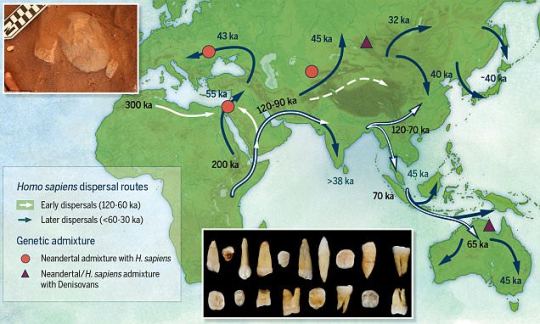
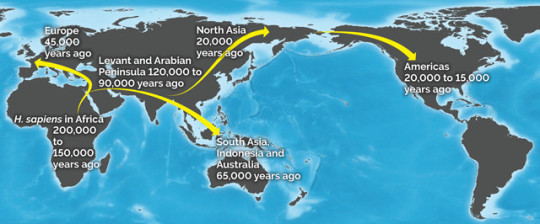
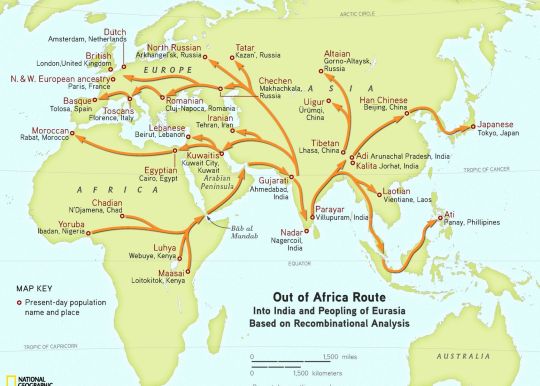
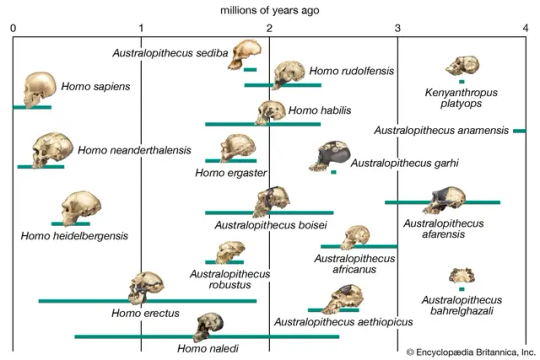
"The hides and sinews and plant fibers worn by our ancestors all rotted away, leaving little physical trace in the archaeological record. Humans had to have worn clothing more than 5,000 years ago, of course."
What did the Early Man Wear?
Answer: In the early period, the intellect of the early man was not developed. But still, the early man developed a sense of psych and wore whatever was present in the environmental space around him to cover his body.
The early man used the following things as his piece of clothing –
Dresses were created by the Tree leaves and branches of the big trees.
Animal skin; the skin of the animal was left to dry out and later used as clothing for the early man.
erectus was the first human species to make hand axes (Acheulean tools). These were sophisticated stone tools crafted on two sides. They were probably used to butcher meat, among other purposes. Prior to that, the tools of ancient humans and their predecessors, including those of the first known H.
What tools did the early man use?
The Early Stone Age began with the most basic stone implements made by early humans. These Oldowan toolkits include hammerstones, stone cores, and sharp stone flakes. By about 1.76 million years ago, early humans began to make Acheulean handaxes and other large cutting tools.
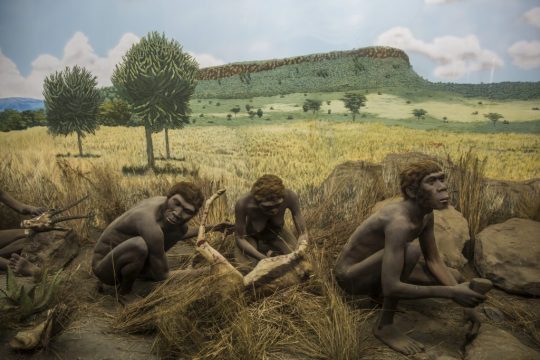
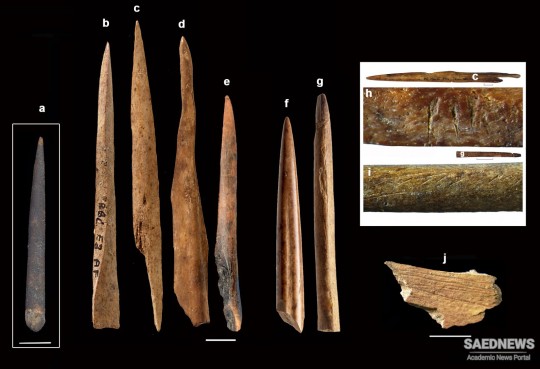
Saber-toothed Cats
"Smilodon is a genus of felids belonging to the extinct subfamily Machairodontinae. It is one of the best known saber-toothed predators and prehistoric mammals. Although commonly known as the saber-toothed tiger, it was not closely related to the tiger or other modern cats."
Why did the Sabre Tooth Cat go extinct?
"Saber-toothed cats went extinct between 8,000 and 10,000 years ago, as the ice age drew to an end and their prey began to die out. Even so, these formidable hunters certainly left their mark on the world – quite literally here at White Sands, as we have found their footprints!"

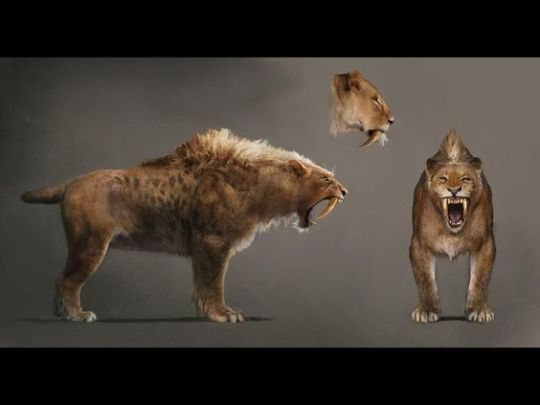


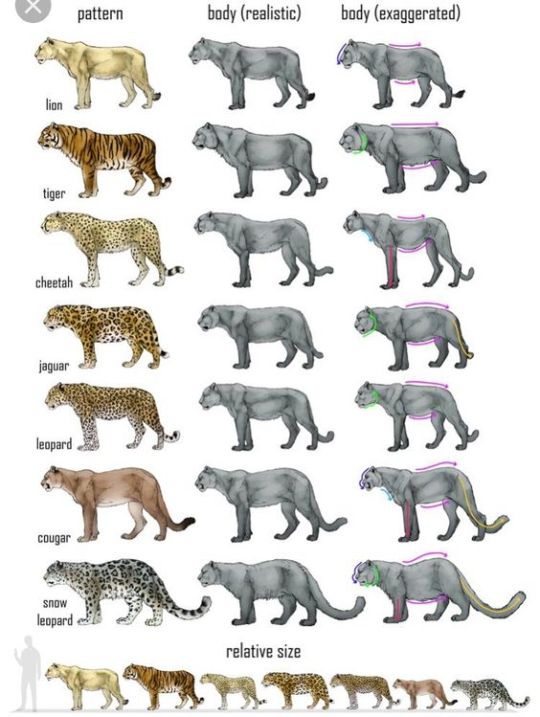
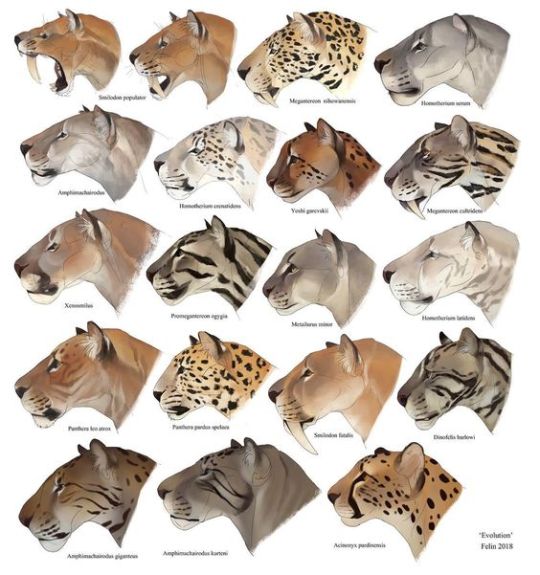



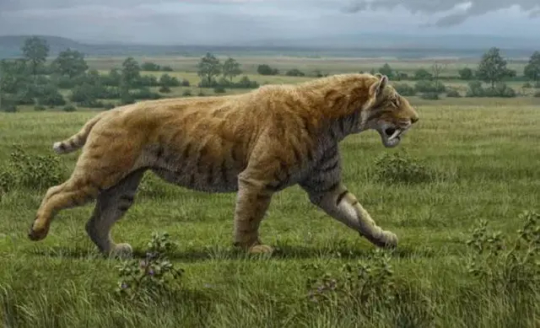
Caves with bushes and dried plants




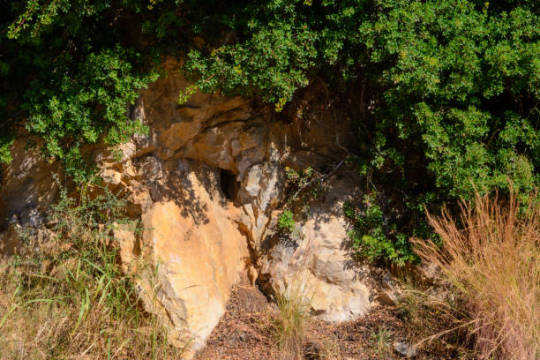

Continental drift
"The theory of continental drift is most associated with the scientist Alfred Wegener. In the early 20th century, Wegener published a paper explaining his theory that the continental landmasses were “drifting” across the Earth, sometimes plowing through oceans and into each other."
What does continental drift explain?
"The continental drift hypothesis (introduced by Alfred Wegener in 1912) states that at one point in time, all of the continents were joined together as one large mass of land, then the land spread apart and drifted into their current positions."
How does a glass ball reflect light?
"Glass doesn't just reflect light, it also refracts it. Glass balls do so to the extent that what is behind them can appear to be upside down. The image with the egg in the eggcup at the top of the page was just one photo."
How does a glass sphere refract light?
"The curved surface of the glass sphere functions as a large collecting surface for the light rays, which are then refracted toward a common focal point in a manner similar to that of a convex lens."


0 notes
Text
The lifespan of human writing systems is approximately .36% of the lifespan of Acheulean handaxe technology.
This isn't the time period since its invention. It's the length of time these technologies were in use.
As a species, we have been using metal tools (any metal tools, not just iron and steel) .18% as long as we used stone tools.
If the entire history of human technologies were compressed into a single year, and we learned to make stone tools one year ago tomorrow, we learned to shape metal about 11 hours ago. We learned to write less than an hour after that.
We learned to fly 15 minutes ago, and less than 10 minutes ago that discovery took us into space.
We very much haven't had time for our biology to catch up to our behavior. Our muscles still expect to travel miles on foot every day. Our eyes still scan the horizon for predators and the ground for food plants. Our metabolisms still want to store energy and hunker down somewhere warm in cold seasons.
This isn't to say we should do everything the way our ancestors did 25,000 years ago. Behavior can account for a lot. It's the evolutionary hack that got us where we are.
But we need to remember where we came from, and how recently we were there. We need to remember that our reflexes were meant for hunting on foot, not driving a car. We need to consider that a repetitive weekly work schedule didn't exist a couple hundred years ago. We need to know why it's so hard to wrap our heads around the internet and what it is and how it works, even if we're the ones who made it.

53K notes
·
View notes
Text
A 15th century French painting depicts an ancient stone tool
1 note
·
View note
Text
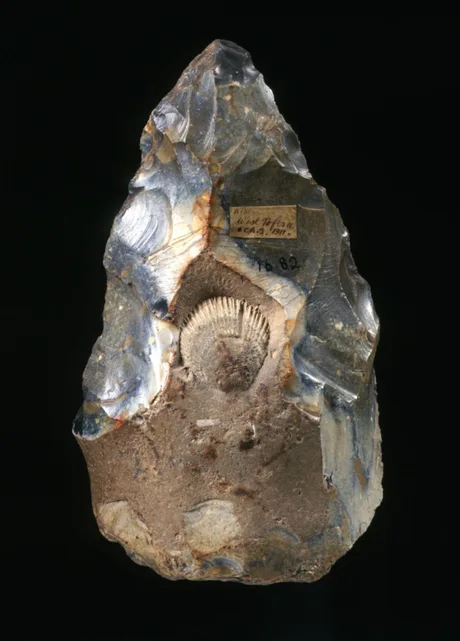
Acheulean handaxe knapped around a fossil shell circa 500,000-300,000 years ago.
0 notes
Video
youtube
Ancient Humans Made Millions Of These - We Don’t Know Why
May 12, 2023 The Acheulean handaxe was the most common tool of early humans, but we still don’t know what the heck they used it for.
0 notes
Text
Typical Acheulean handaxes about 1,77,000 years old Thar Desert . India

665 notes
·
View notes
Text

A fine grained flint Biface,
Height: 5.6 in/14.3 cm
Width: 2.7 in/6.8 cm
Depth: 1.7 in/4.25 cm
Weight: 12 oz/336 g
Acheulean, found in Aisne, France, made ca. 700,000-200,000 BC, housed at the Metropolitan Museum of Art.
#weapons#stone tools#flintknapping#biface#hand axe#acheulean handaxe#europe#european#france#french#ainse#paleolithic#themet#metmuseum#art#history
93 notes
·
View notes
Photo

Late Acheulean Handaxe; from the Eastern Sahara, Africa.
(Multicolored Jasper. H: 122 cm.)
Michel Van den Dries Gallery
23 notes
·
View notes
Photo


#Mars#Mars rover#neolithic#handaxe#biface#acheulean#Homo Erectus#Screen Shot#screen capture#opportunity#tanning nasal spray
0 notes
Text
i just discovered that ppl are out there selling actual real fucking handaxes and acheulean tools on etsy and im about to explode
#like ok first of all how did YOU get that and second of all (and this is just my opinion) MAYBE YOU SHOULDNT BE ALLOWED TO SELL THAT LIKE#either put it back or contact an archaeologist DONT TAKE IT HOME AND SELL IT??
11 notes
·
View notes